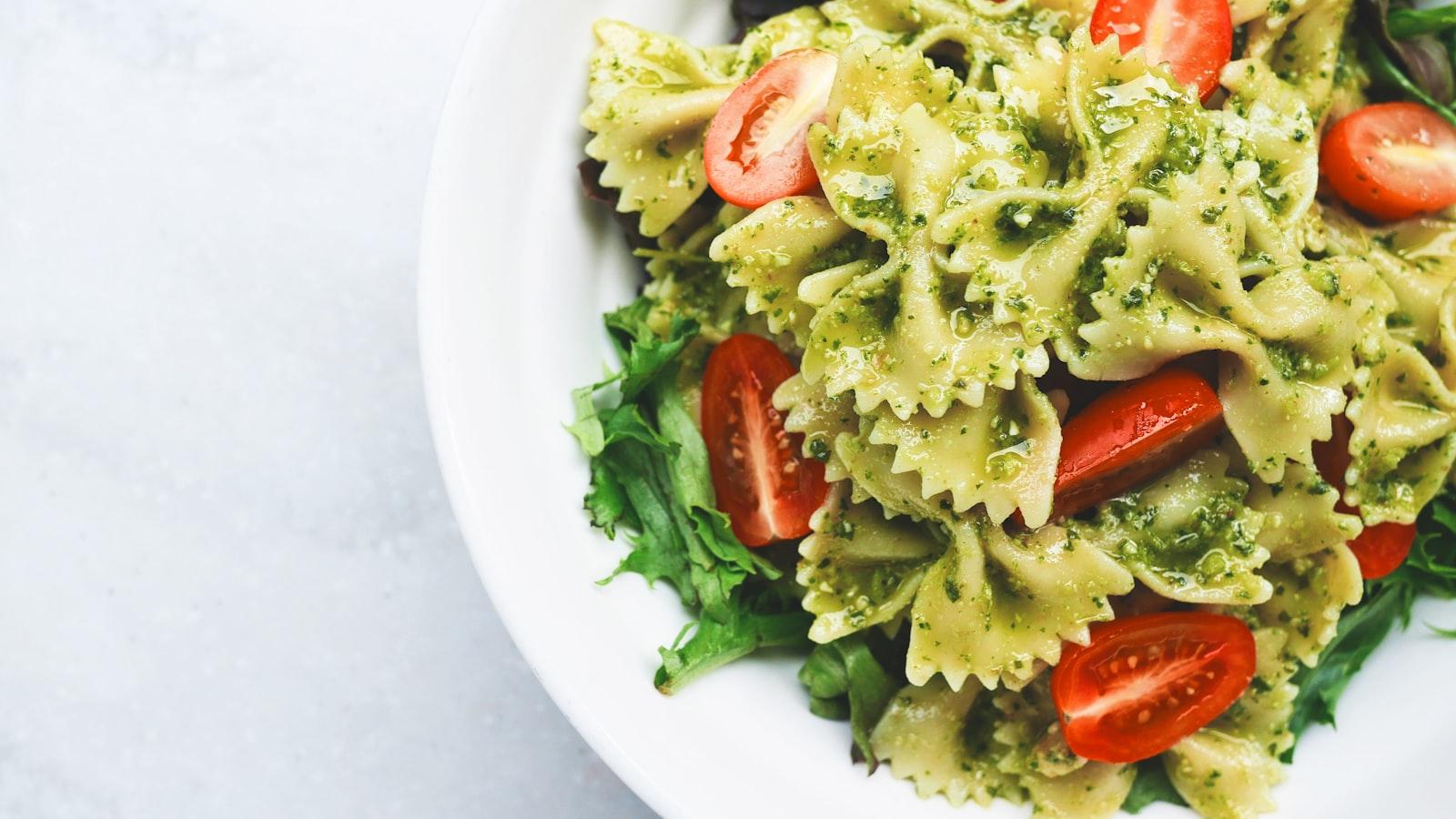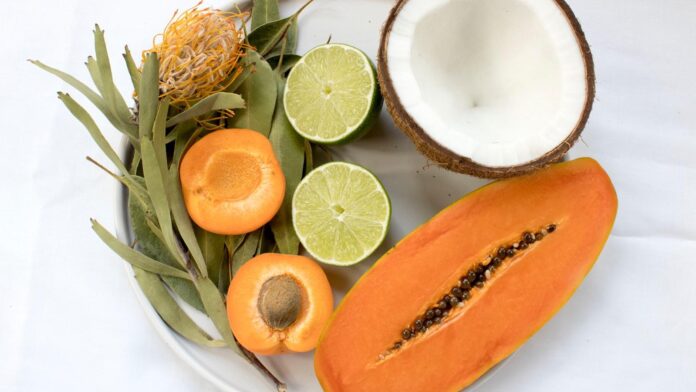In a world often defined by fast-paced, pill-popping solutions, there is a growing movement towards embracing the power of nature in pain management. Welcome to a realm where traditional approaches meet innovative naturopathic tools, offering a refreshing alternative to conventional pharmaceuticals. In this article, we explore the fascinating world of non-pharmaceutical alternatives for pain management, illuminating the boundless potential waiting to be discovered within the realm of holistic healing. So, relinquish the shackles of synthetic remedies and embark on a journey where nature’s bountiful offerings unveil a symphony of relief.
Naturopathic Approaches: Harnessing Nature’s Remedies for Pain Relief
When it comes to managing pain, many individuals prefer non-pharmaceutical alternatives that harness the healing power of nature. Naturopathic approaches offer a range of tools that can help address pain and promote overall well-being. Through the use of herbal remedies, dietary modifications, and other natural methods, individuals can find relief from pain without relying on pharmaceutical medications.
One effective way to manage pain naturally is through the use of herbal remedies. Plants such as turmeric, ginger, and boswellia have been used for centuries for their anti-inflammatory properties, which can help alleviate pain and reduce swelling. These herbs can be taken in supplement form or incorporated into teas and other beverages. Additionally, certain essential oils, such as lavender and peppermint, can be applied topically or diffused to ease muscle pain and tension.
- Dietary modifications: Making changes to your diet can also be an effective naturopathic approach to pain relief. Certain foods, such as fatty fish rich in omega-3 fatty acids, fruits and vegetables high in antioxidants, and spices like cayenne pepper, can help reduce inflammation and alleviate pain. On the other hand, processed foods, refined sugars, and excessive alcohol consumption can contribute to inflammation and exacerbate pain.
- Acupuncture: This ancient practice involves the insertion of thin needles into specific points on the body to stimulate nerve endings and promote pain relief. It has been used for centuries in traditional Chinese medicine and is known to help with conditions such as migraines, back pain, and arthritis.
- Physical therapy: Through targeted exercises and manual therapy techniques, physical therapy can help relieve pain, improve flexibility, and increase strength. This approach focuses on restoring function and mobility to affected areas, helping individuals manage pain and prevent further injury.
Embracing naturopathic approaches for pain management can provide individuals with a holistic and sustainable way to alleviate discomfort. By harnessing the power of nature’s remedies, individuals can experience relief from pain while promoting overall well-being and vitality.

Understanding the Power of Herbal Medicine in Pain Management
When it comes to managing pain, many people turn to pharmaceutical options as their first line of defense. However, there is a growing recognition of the power of herbal medicine in effectively addressing pain without the potential side effects of prescription drugs. Naturopathic tools for pain management offer non-pharmaceutical alternatives that can provide relief and promote healing.
Herbal medicines have been used for centuries to alleviate pain and promote overall well-being. The natural compounds found in plants such as turmeric, ginger, boswellia, and willow bark have been scientifically proven to possess anti-inflammatory and analgesic properties, making them valuable additions to pain management treatments. These herbs work by reducing inflammation, easing muscle tension, and blocking pain signals in the body.
Unlike pharmaceutical drugs, herbal remedies typically have fewer side effects and offer a more holistic approach to pain management. They can be used in various forms, including teas, tinctures, capsules, and topical creams, providing flexibility in how they are administered. Additionally, incorporating lifestyle changes and complementary practices like acupuncture and yoga can further enhance the effectiveness of herbal medicine in pain management.
While herbal medicine is a promising alternative, it’s crucial to consult with a qualified naturopathic practitioner to ensure the right herbs and dosages are used for your specific condition. Their expertise will help tailor a personalized treatment plan that combines the power of herbal medicine with other natural therapies, optimizing pain relief and overall well-being.

Holistic Techniques: Acupuncture and Acupressure for Alleviating Pain
Acupuncture
and acupressure are two holistic techniques that have been used for centuries as non-pharmaceutical alternatives for pain management. These practices, rooted in traditional Chinese medicine, aim to restore the body’s natural balance by promoting the flow of energy, also known as qi, through specific points on the body.
Acupuncture involves the insertion of thin needles into specific acupuncture points along the body’s meridian pathways. This stimulates the body’s natural healing response, releases endorphins, and reduces inflammation, thereby alleviating pain. This technique is commonly used to address various types of pain, including chronic conditions like arthritis, migraines, and back pain. It is a safe and effective treatment option, with minimal side effects when administered by a trained professional.
Acupressure is a similar technique to acupuncture but does not involve the use of needles. Instead, pressure is applied to specific acupressure points on the body using fingers, thumbs, or specialized tools. This pressure stimulates the release of endorphins, promotes circulation, and relaxes tense muscles, providing relief from pain. Acupressure can be easily practiced at home, making it a convenient option for individuals seeking alternative pain management techniques.
Both acupuncture and acupressure have been shown to be effective in treating a variety of conditions, offering individuals a non-pharmaceutical approach to pain relief. These holistic techniques not only alleviate pain but also support overall well-being and promote the body’s natural healing abilities. If you are considering exploring alternative pain management options, acupuncture and acupressure may be worth exploring.
Exploring Mind-Body Therapies: Meditation and Yoga as Complementary Pain Modalities
When it comes to managing pain, there are numerous non-pharmaceutical alternatives that can provide relief and improve overall well-being. Two powerful naturopathic tools that have gained significant attention are meditation and yoga. These mind-body therapies offer unique benefits by harmonizing the connection between the mind and body, fostering a holistic approach to pain management.
Meditation:
- Meditation is a practice that involves focusing the mind and creating a state of deep calm and relaxation.
- This ancient technique has been scientifically proven to reduce stress and anxiety levels, which play a significant role in exacerbating chronic pain.
- By promoting mental clarity and emotional well-being, meditation provides individuals with the necessary tools to cope with pain more effectively.
- Incorporating meditation into daily routines cultivates mindfulness, helping individuals develop a greater awareness of their bodies and the ability to address discomfort promptly.
Yoga:
- Yoga combines physical postures, breathing exercises, and mindfulness to promote balance between the mind, body, and spirit.
- Practicing yoga on a regular basis can help improve flexibility, strength, and circulation, easing tension in muscles and joints that may contribute to pain.
- Moreover, specific yoga poses, such as the child’s pose or the cat-cow pose, target and stretch areas affected by pain, providing relief and promoting healing.
- By combining movement with intentional breathing and focused awareness, yoga allows individuals to connect with their bodies, reduce stress, and experience an overall sense of calm that aids in pain management.
Concluding Remarks
As we leave the realm of pharmaceutical pain management behind, we step into a world where nature’s secrets unfold, offering us powerful and non-pharmaceutical alternatives. Naturopathic tools have the potential to revolutionize our approach to pain relief, providing holistic and sustainable solutions that not only address the symptoms but also unearth the underlying causes. From ancient practices like acupuncture and herbal remedies to cutting-edge techniques like biofeedback and aromatherapy, these natural marvels have the ability to unlock new possibilities in pain management.
While acknowledging that pain is a complex and deeply personal experience, the range of naturopathic tools available today offers hope to those seeking relief beyond pills and prescriptions. By embracing these non-pharmaceutical alternatives, we not only tap into the wisdom of ancient civilizations but also harness the advancements of modern science, integrating the best of both worlds.
It is crucial to remember that naturopathic tools for pain management should be explored in collaboration with trained professionals. Seeking the guidance of a licensed naturopathic doctor can ensure a personalized approach, tailored to your specific needs and circumstances.
In our quest for pain relief, let us be inspired by the wonders of nature and the immense potential of holistic healing. Together, let’s embark on a journey to discover the transformative power of naturopathic tools, as we embrace a balanced and harmonious way of living, free from the clutches of pharmaceutical dependence. May the natural remedies of the earth guide us towards a brighter, pain-free future.



